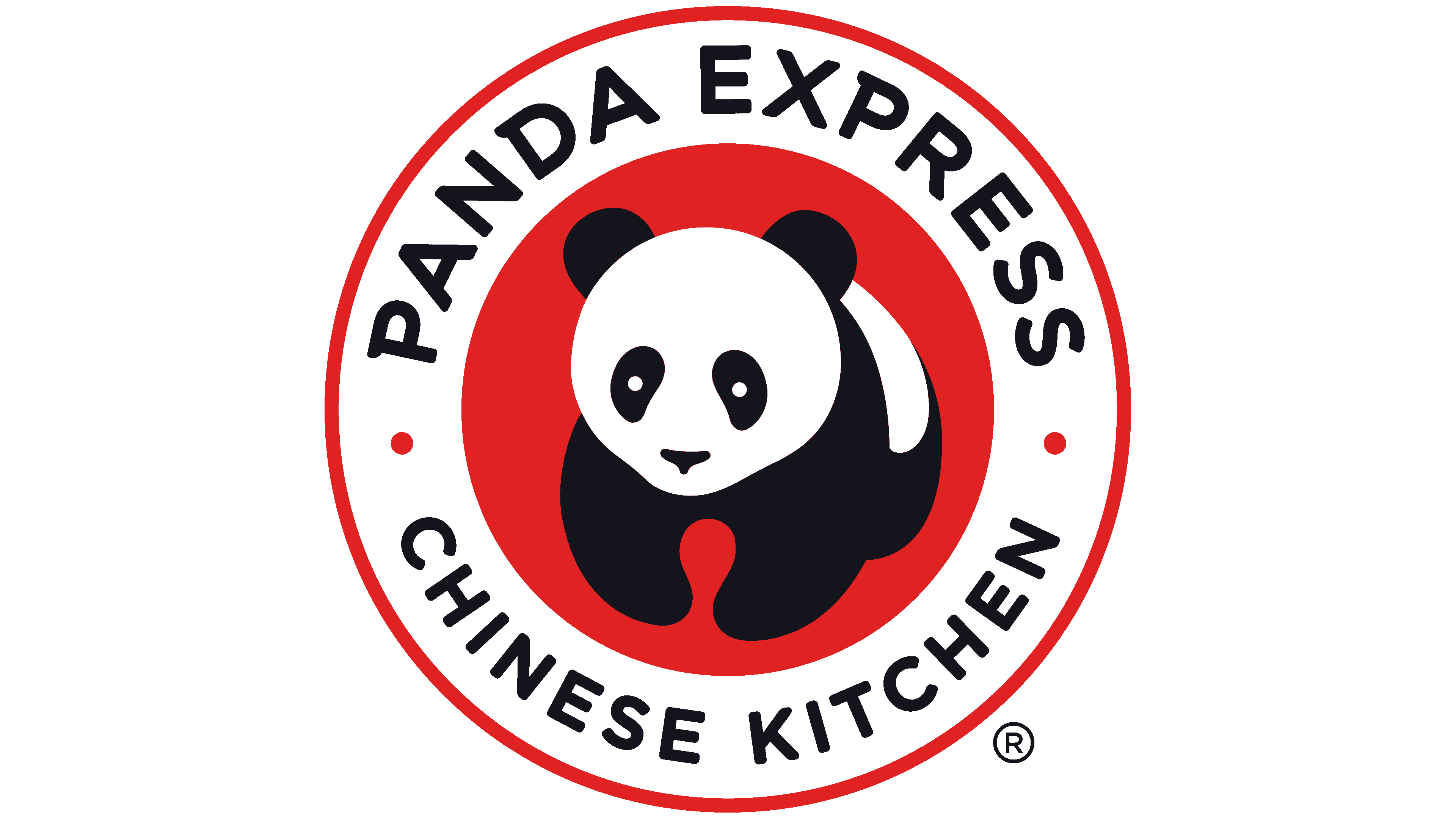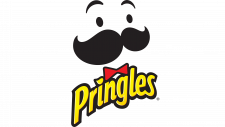Panda Express Logo
Panda Express is a global fast-casual restaurant chain specializing in American Chinese cuisine. Founded by Andrew and Peggy Cherng, it remains family-owned and operates primarily in the U.S., with outlets in other countries. The menu boasts an array of dishes like Orange Chicken and Chow Mein. While its primary market is the U.S., expansion efforts are evident in Asia and North America. Their consistent growth underscores their popularity and commitment to serving flavorful dishes. With a strong emphasis on innovation, Panda Express continues to evolve, introducing new offerings and exploring expansion opportunities.
Meaning and history
Panda Express, a hallmark in American Chinese cuisine, began as a small vision and blossomed into a global enterprise. Its inception traces back to 1973 when Andrew Cherng and his father, Ming-Tsai, opened the Panda Inn in Pasadena, California. This sit-down restaurant marked the Cherng family’s entry into the culinary world.
The real shift came in 1983, when Andrew and his wife, Peggy, perceived an opportunity in the fast-food market and launched Panda Express in the Glendale Galleria, California. Unlike the Panda Inn, this was a quick-service format, aiming to serve delectable Chinese dishes on the go. The Orange Chicken, introduced in 1987, became an instant classic and remains their top-selling item.
Panda Express’ growth has been organic, devoid of franchising. This allowed the Cherngs to maintain quality and control over their brand. The company expanded coast-to-coast in the U.S., with its 100th store opening in 1992. By the 2000s, Panda Express was not just limited to malls but made its way into standalone outlets, airports, universities, and even international locations.
Noteworthy is their adaptation to the digital age. With advancements in technology, Panda Express embraced online ordering and delivery, ensuring they stay contemporary and cater to the evolving needs of their customers.
Throughout its journey, ownership remained within the Cherng family, resisting external investors or franchising models. This consistency in leadership has been a cornerstone of their success, emphasizing family values, community engagement, and dedication to quality.
Today, Panda Express operates over 2,000 restaurants worldwide, standing as a testament to the Cherng family’s commitment to introducing American Chinese cuisine to the world, all the while retaining its core values and family-owned spirit.
1973 – 1983
Before the rise of Panda Express, the dining scene was graced by the Panda Inn chain, offering genuine Szechuan cuisine in an upscale ambiance. Established in 1973, its logo, which persisted for a decade, naturally showcased a panda. Illustrated in a whimsical manner, this panda clutched a verdant bamboo shoot. To accentuate the monochrome mammal, designers incorporated a vibrant red circle bordered in black, reminiscent of a radiant sun.
Below, a deep red rectangular plaque showcased the brand’s identity. The brand’s name took precedence, with the tagline “MANDARIN CUISINE” placed centrally, flanked by two parallel lines. At the base, a trio of Chinese hieroglyphs adorned the design. The English script was executed in a sleek, unembellished typeface, adding a modern touch to the traditional emblem.
1983 – 2009
In 1983, a quick-service variant of Panda Inn emerged, named Panda Express. This budding eatery chain adopted its moniker and emblematic visuals from its forerunner. The updated logo continued to showcase the iconic panda, yet, in a revamped posture where only three of its limbs were discernible. The overall imagery bore a resemblance to the globally recognized WWF insignia. The foundational circle endured, though it was reimagined to mimic a medallion, accentuating its vivid red core and encircled by a broad white halo. The once black perimeter transformed into a striking crimson. The erstwhile rectangular banner was eliminated, relocating all textual elements within the encompassing ring. As was customary, the brand’s moniker graced the upper section, succeeded by the tagline “GOURMET CHINESE FOOD” at the base.
2009 – 2014
In 2009, Panda Express decided to invigorate its logo, aiming for a more dynamic appearance. This revamp involved transitioning from the original red hue to a deeper shade of crimson. Additionally, the brand chose to implement a robust black typeface, specifically in a sans-serif style, to infuse the text with greater prominence and a contemporary flair. This shift in design direction not only refreshed the brand’s identity but also showcased its evolution and commitment to staying relevant in an ever-changing market landscape.
2014 – Today
Several years down the line, the firm embarked on another visual overhaul of its emblem. The deep crimson shade transformed into a more subdued, muted red. Moreover, the previously sharp letter edges were softened and curved. Among the notable changes, the brand’s name now incorporated elements of a serif typeface. Regarding the illustrative panda, subtle tweaks were made to its design, though they might escape the casual observer’s eye. The elongated tagline “GOURMET CHINESE FOOD” was succinctly replaced with the more concise descriptor “CHINESE KITCHEN,” reflecting a shift in branding focus and a desire for a more streamlined identity.















